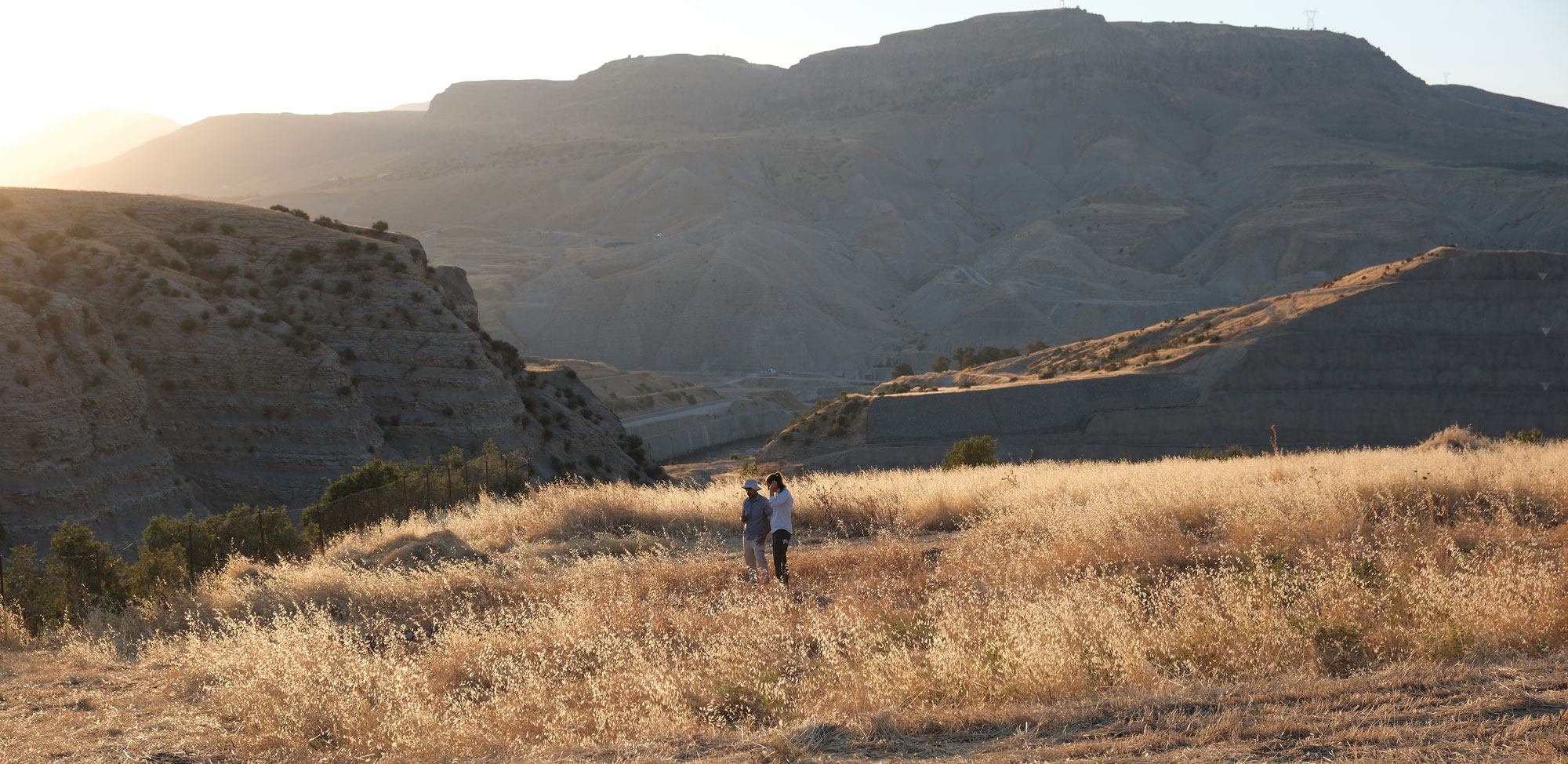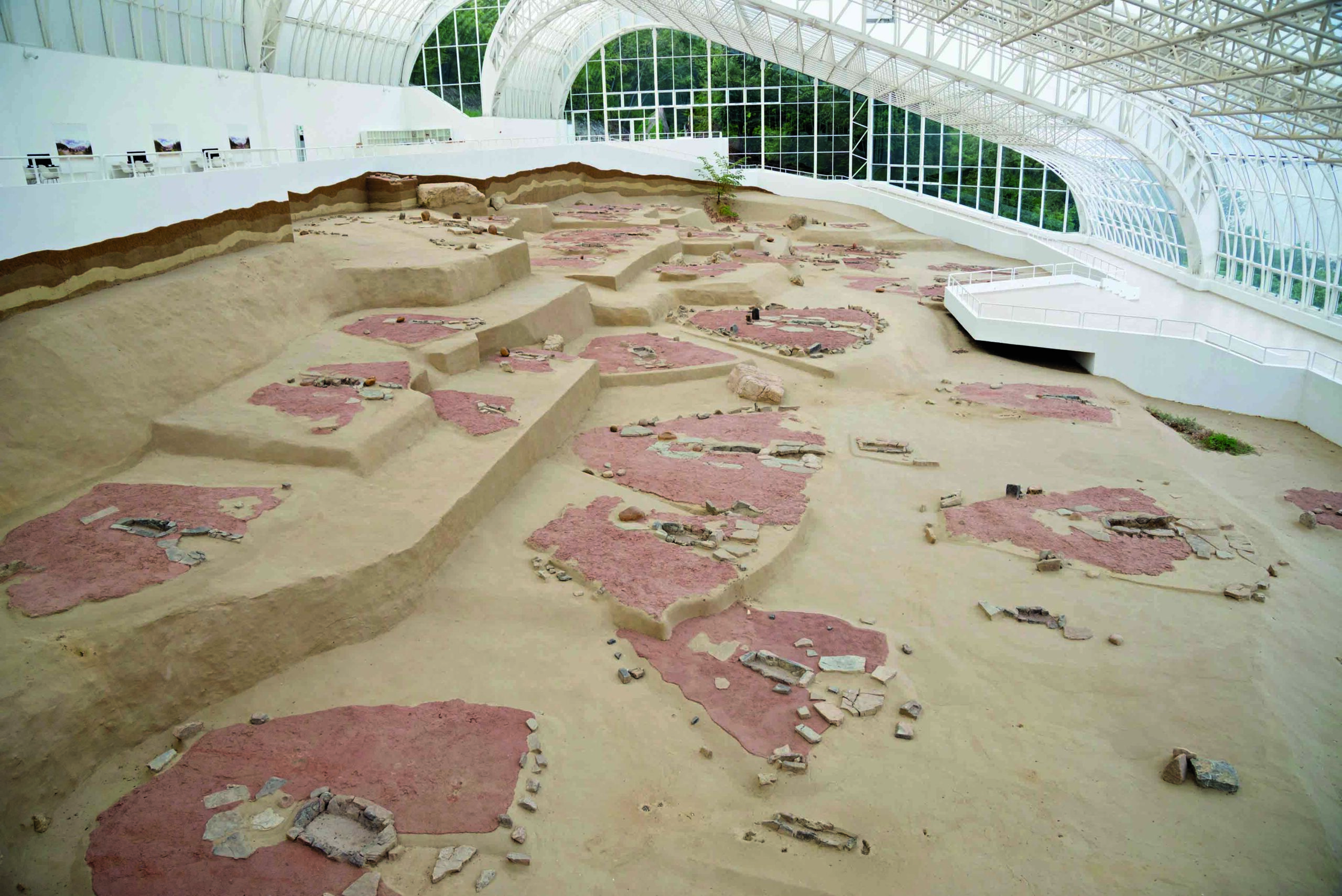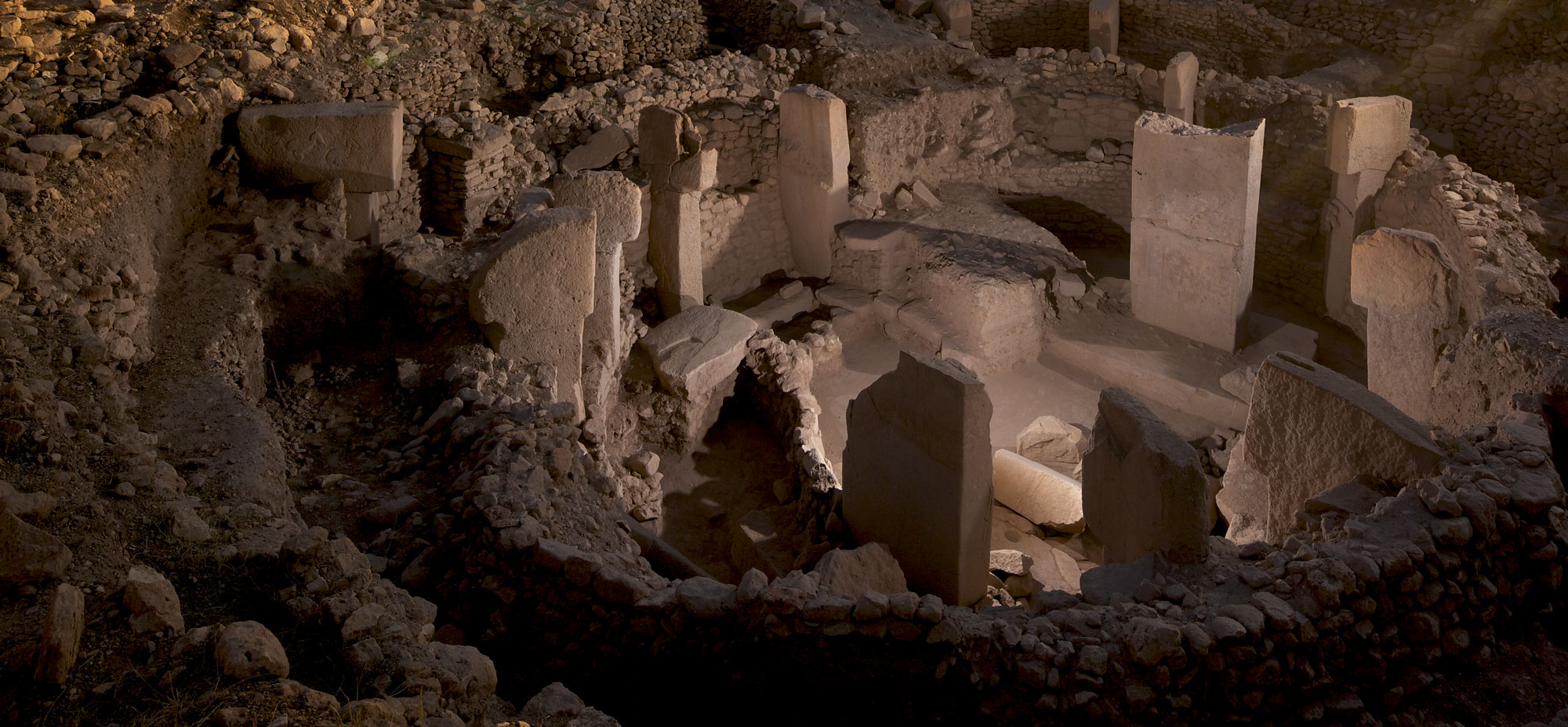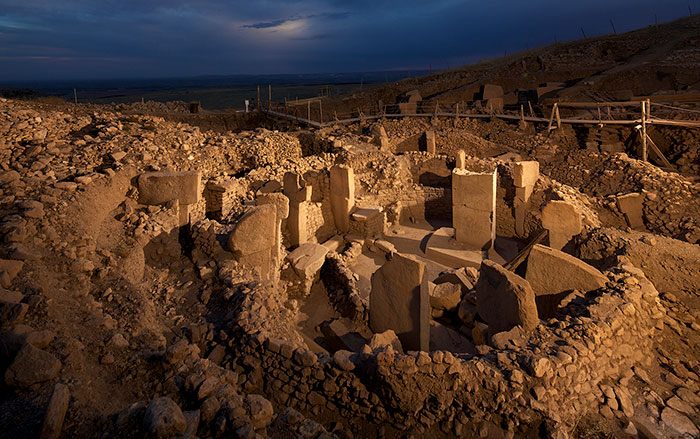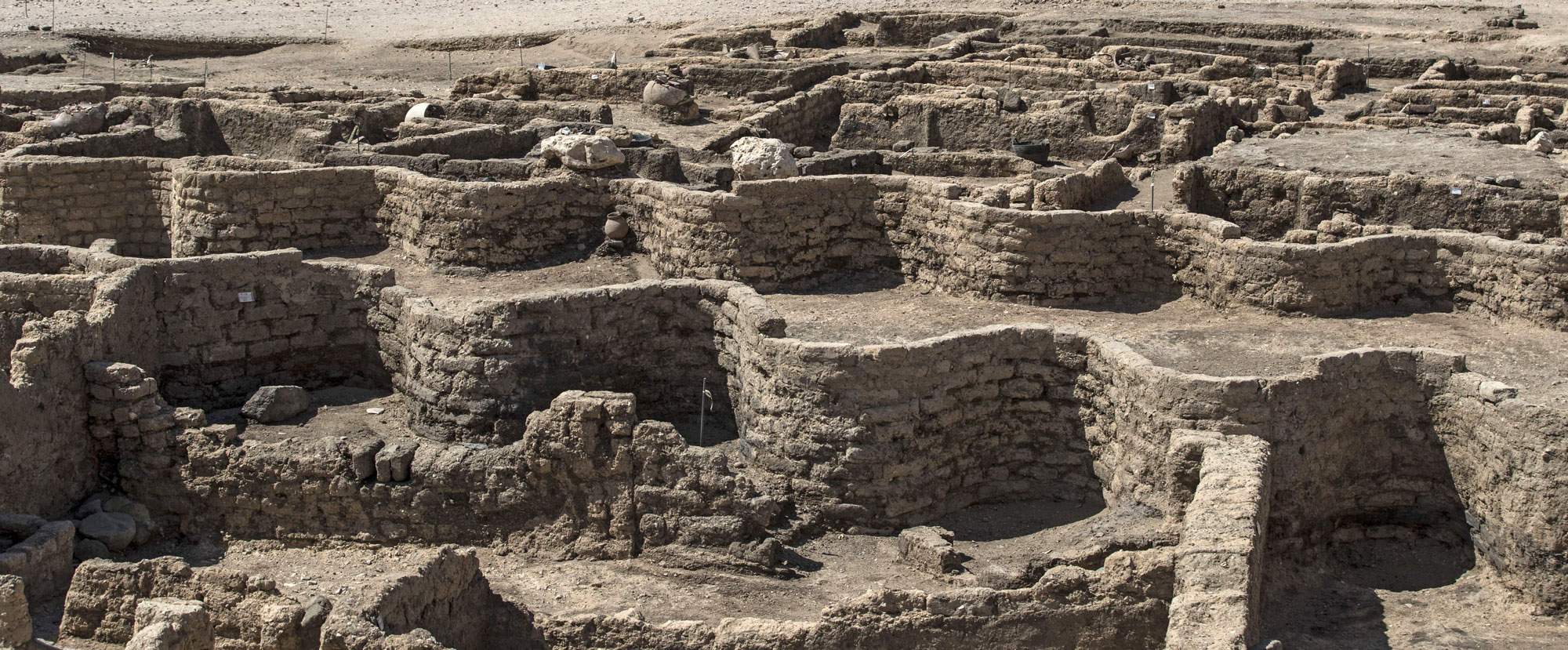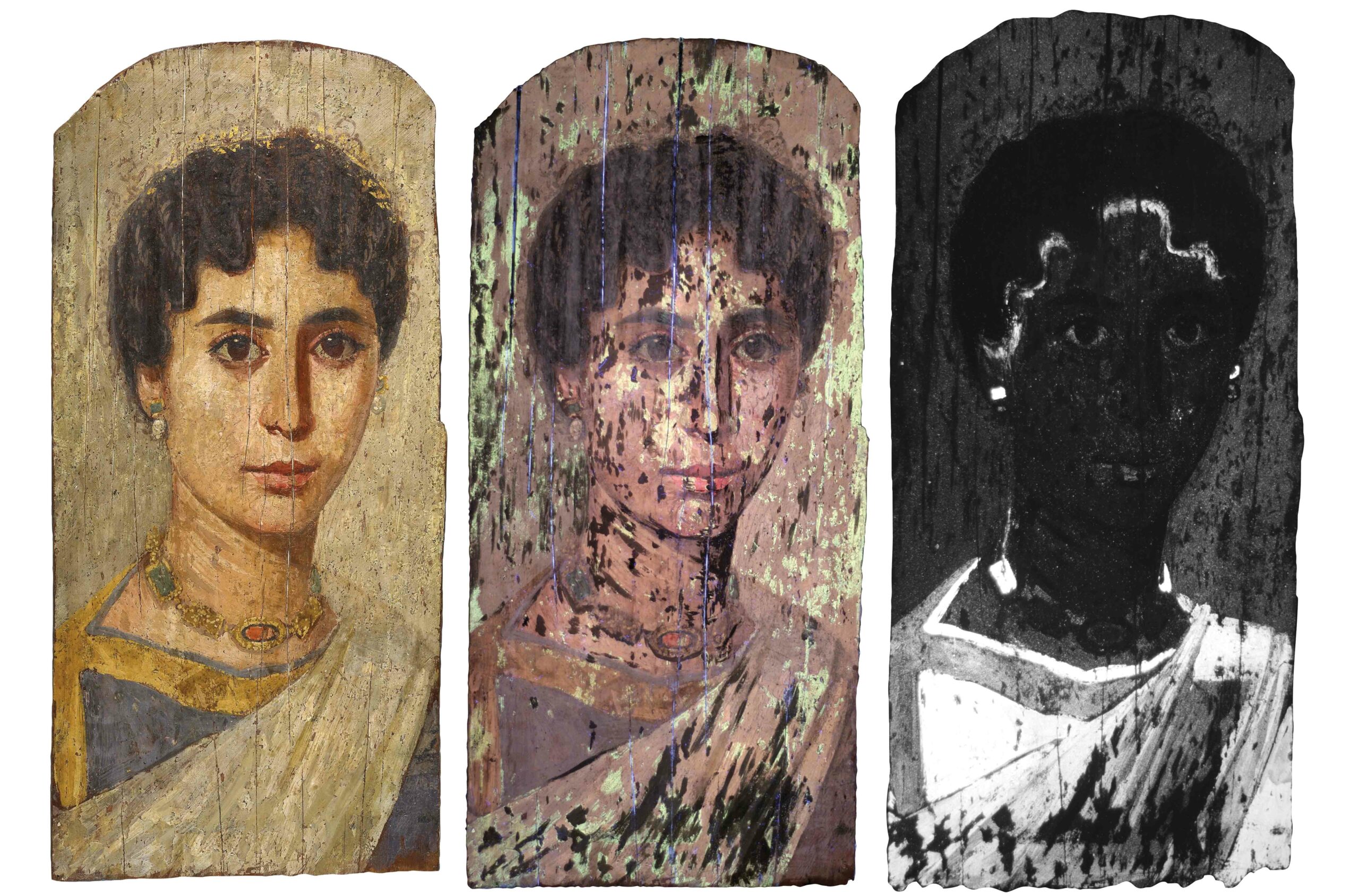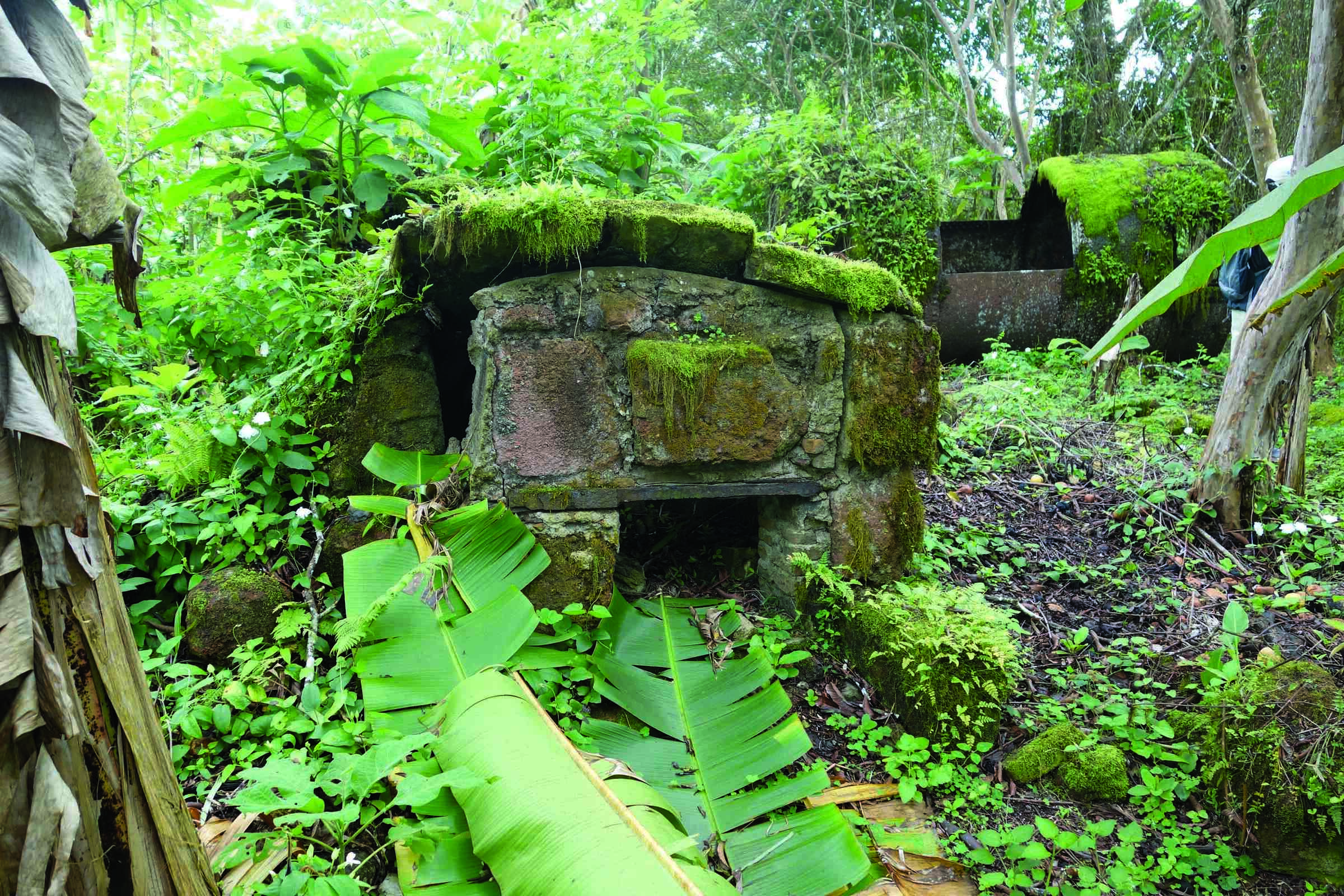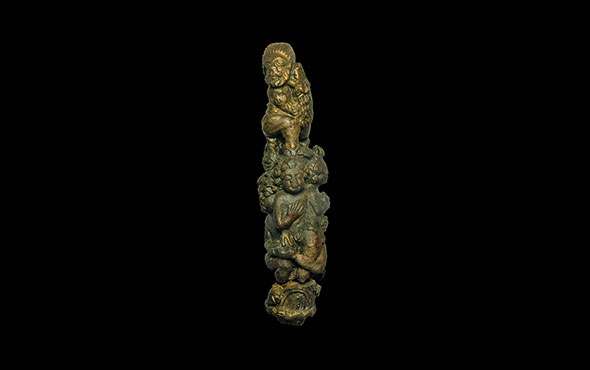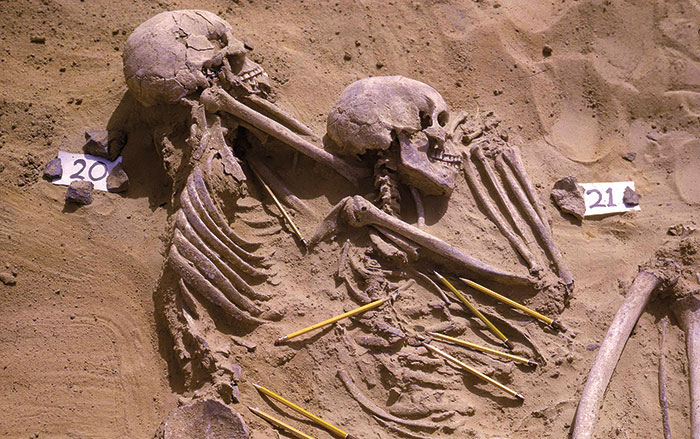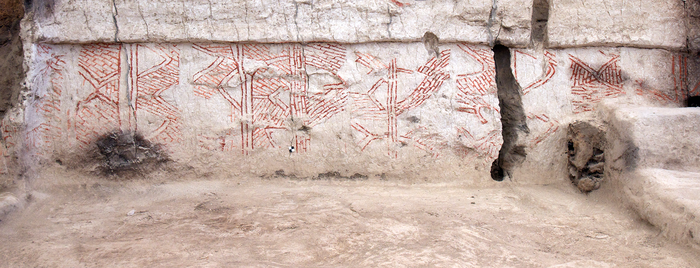
BERN, SWITZERLAND—According to a statement released by the University of Bern, an international team of researchers including Marco Milella has studied pigments such as ochre and cinnabar used in burials and in geometric designs on buildings at Çatalhöyük, an early city in southern Anatolia where people were sometimes buried within the walls of homes. Milella said the number of Neolithic burials in a building may be associated with the number of layers of paintings on the structure, indicating that the walls of the house were redecorated whenever someone was interred. The bones may have even been retrieved, circulated, and reburied after colorants had been applied to them. This practice would have also triggered a new wall painting, Milella explained. The researchers are still trying to determine whose remains would have been buried with colorants, although it is clear that age and sex did not play a role. For more on research about the homes of Çatalhöyük, go to "Around the World: Turkey."


